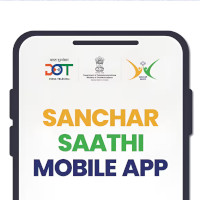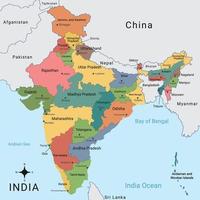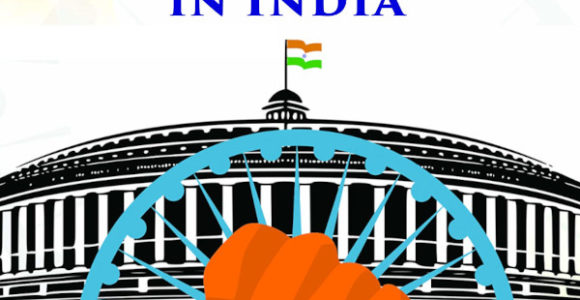Cards
Bank Cards / Bank Plastic Cards
What is a Bank Cards?
A bank card is typically a plastic card issued by a bank to its clients that performs one or more of a number of services that relate to giving the client access to funds, either from the client’s own bank account, or through a credit account. It can also be a Smart card.
Physically, a bank card will usually have the client’s name, the issuer’s name, and a unique card number printed on it. It will have a magnetic strip on the back enabling various machines to read and access information. Depending on the issuing bank and the preferences of the client, this may allow the card to be used as an ATM card, enabling transactions at automatic teller machines; or as debit card, linked to the client’s bank account and able to be used for making purchases at the point of sale; or as a credit card attached to a revolving credit line supplied by the bank.
The first bank cards were ATM cards issued by Barclays in London, in 1967, and by Chemical Bank in Long Island, New York, in 1969. In 1972, Lloyds Bank issued the first bank card to feature an information-encoding magnetic strip, using a personal identification number (PIN) for security.
Historically, bank cards have also served the purpose of a cheque guarantee card, a now almost defunct system to guarantee cheques at point of sale.
ANATOMY OF A DEBIT CARD
Most Accounts come with a Electronic card that you can use to withdraw money from the Bank’s ATMs and from other banks’ ATMs. There are certain variations from card to card but most debit cards have the following elements.
Your card has two sides, each with specific elements. On the front, you have your name, card number, issue and expiry dates, card type symbol, logo & name. On the back is the magnetic stripe, CVV number and signature panel. The size of your debit card is standard and measures 85.60 × 53.98 mm (3.370 × 2.125 in).
- Card Number: A card number is different from your bank account number and yet unique to your account. It is usually a sixteen digit number, spaced in fours and is printed on your card. You must write down your card number somewhere safe and if possible, know it by heart. You are required to enter your Card Number when you make transactions online. You also need to quote your card number to block it in case you ever lose it.
- Issue Date: This shows the date when the card was issued. For example, 06/13 denoting that the card was issued in month of June in the year 2013. The date appears right below your card number.
- Expiry Date or Valid Thru: This is the date till which the card would be valid. A new card is usually automatically issued and sent to your mentioned address prior to the expiration date. This date is denoted next to the issue date in the same format, say 05/23 meaning your card will expire in the month of May in the year 2023.
- The full-name of the account holder: The card shows the full name of the account holder. This is for identification purpose.
- Visa/Maestro/MasterCard symbol: Visa or MasterCard are the brand names of card payment networks that allows Banks and clients to make and receive payments. The symbol denotes the type of merchants/shops where your card is accepted to allow you to make a purchase. This tells you which payment network your card has access to.Sometimes, merchants have special “promo” offers with certain types of cards. In order to take advantage of all such promos, it is a good idea to have both types of cards.
- Hologram: The hologram on the card helps protect the card from fraudulent copies as it gives your card a unique identity.
- Chip: Some cards now have a chip embedded. This type of card requires a password when swiping it to make a transaction.The embedded microchip stores information required to authenticate, authorize and process transactions and makes your card extremely difficult to counterfeit or copy if it’s lost or stolen.
- Magnetic stripe: At the back of the card is a magnetic stripe. This helps computers, ATMs and other swiping machines to identify your card.
- Signature Panel: You are required to sign your card on the back side of your card. There is a designated white area. It is a necessary step for protection against fraudulent use.If you need to sign a receipt, you should sign it the way your signature appears on back of the card.
- CVV: This number is unique to your card. It may be required while making purchases over the phone or the internet. It helps in verification of your details. It is usually a 3 digit number.
- Network logo: The network logo helps identify ATMs that should accept your card and allow you access to cash.
- Customer Care number: The customer care number is printed on the card itself you’re your reference, if and when needed.
Your card may have all of the above features or some of it. Do not worry if all the elements are not present. There may be slight variations from card to card depending on the type of debit card and the issuing bank.
Key Terms:
- ATM cards ,
- Bank card fees ,
- Bank card offers ,
- Bank card security ,
- Bank card services ,
- Bank card types ,
- Bank card usage ,
- Bank cards ,
- Contactless bank cards ,
- Credit cards ,
- Debit cards ,
- International bank cards ,
- Prepaid bank cards ,
- Reloadable bank cards ,
- Virtual bank cards
Disclaimer: The information provided here has been compiled from various sources to the best of our knowledge. While every effort has been made to ensure the accuracy of the details, there may be occasional errors or omissions. If you find any discrepancies or incorrect information, kindly inform us so we can make the necessary corrections. Thank you for your understanding and cooperation.





